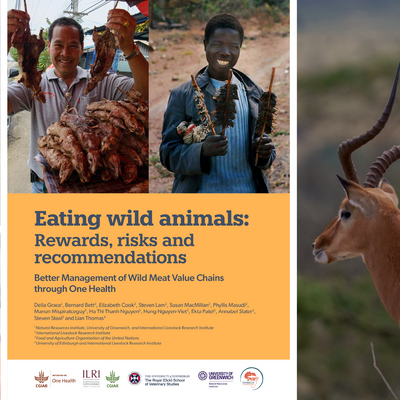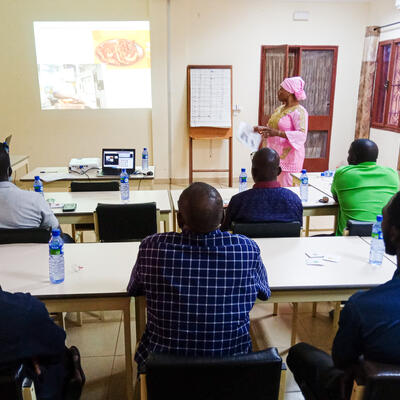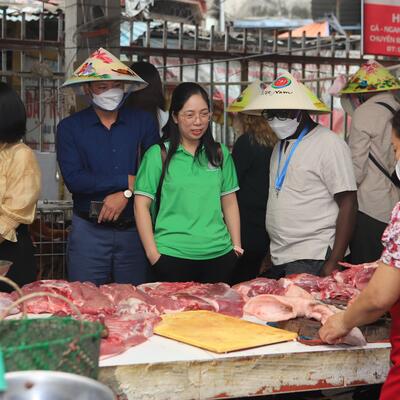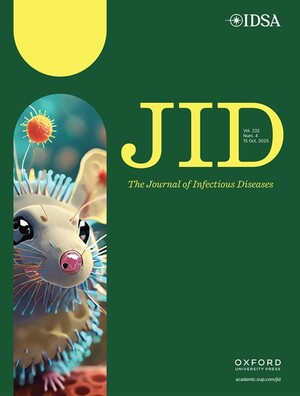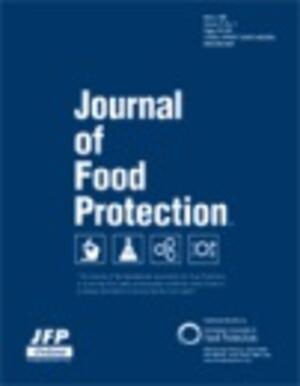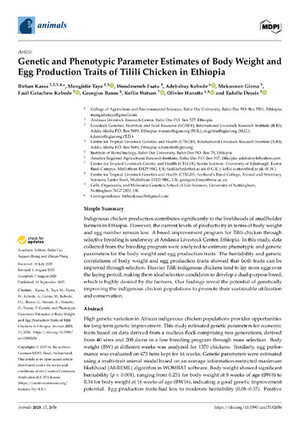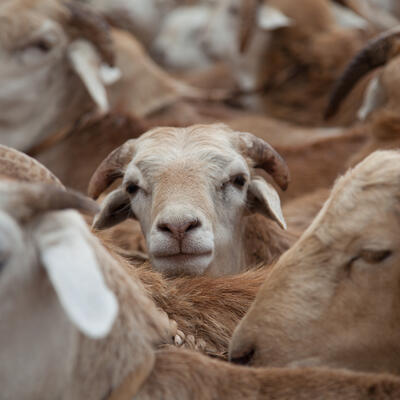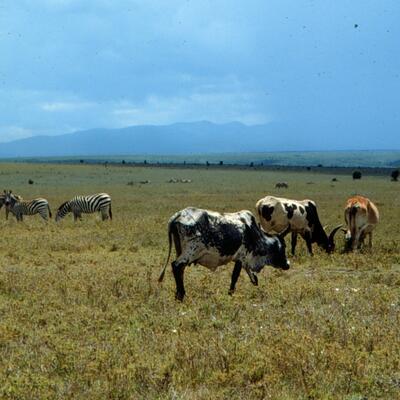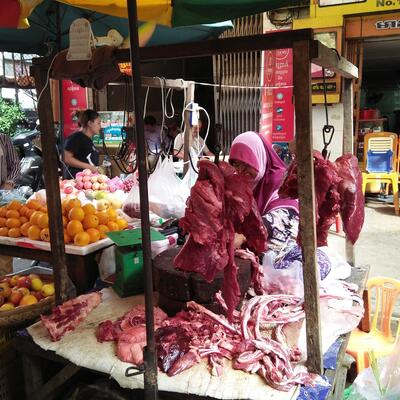
Milk and animal source foods can help turn the tide on malnutrition for children in Rwanda
The tummies of little children need to be filled with a variety of nutritious foods for them to flourish and grow into healthy adults. This, and the importance of including animal-source foods into their diets, has been the focus of an initiative in Rwanda, aimed at building on work already done to improve maternal and child nutrition.
Early intervention improves lives
Rwanda is a country that has experienced an economic renaissance in the last couple decades and has achieved some success in reducing malnutrition. The results from the 2012 and 2015 Comprehensive Food Security and Vulnerability Analysis show that the chronic malnutrition rate among children under five years – referred to as ‘stunting’ – was lowered from 42 percent to 36.7 percent. In 2018, this was lowered to 35 percent, and further lowered to 33 percent in 2019/20 according to the results from a Demographic and Health Survey. Although significant improvements have been made, this figure remains high.
Furthermore, the 2019/20 Demographic and Health Survey reports that only 22% of children between the age of six and 23 months are fed in accordance with the criteria for a minimum acceptable diet, and in 2014-5, fresh, powdered, or tinned milk was consumed by only 21 percent of children. This means that a significant number of young children in the country lack the dietary diversity they require, and so their growing bodies are not getting the nutrients vital to their well-being. Improving the nutrition of these children can have long-lasting effects on their health and overall quality of life, equipping them to become healthier and more productive adults.
More milk for children in Rwanda
A three-year ‘Enhancing milk quality and consumption for improved income and nutrition in Rwanda’ project, which was launched in 2018, has been working through the social and behaviour change ‘Gabura Amata Mubyeyi’ (‘Parents, Give Milk’) intervention to help turn the tide on chronic malnutrition in young children in Rwanda’s Ruhango and Nyabihu districts.
The project team set out to connect with mothers, pregnant and lactating women with children under the age of five to build their knowledge on the importance of young children eating a variety of foods, and, specifically, including milk and animal-source foods in their daily diets. The initiative drew upon the important work already done by the Rwandan government’s homegrown initiative ‘Girinka: One Cow per Poor Family’ programme and placed specific attention to the value of drinking milk.
Read the full outcome story and photo essay at the CGIAR Research Program on Livestock website.
Families in Rwanda who receive nutrition messaging from community health workers on the importance of animal source foods are encouraged to keep some eggs and milk from their livestock for their children. Photo ILRI/Jean Bizima





